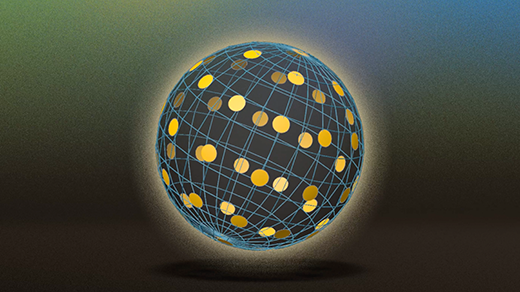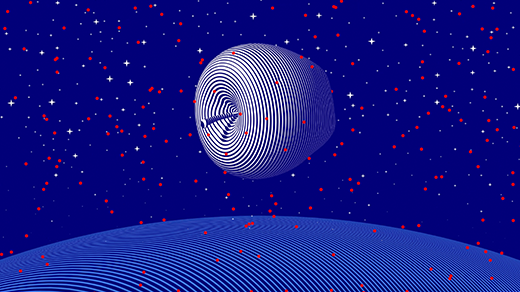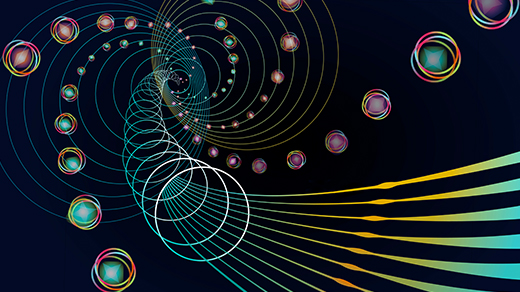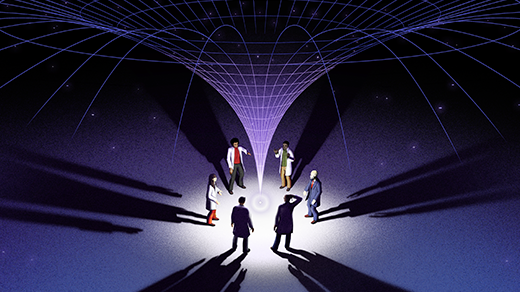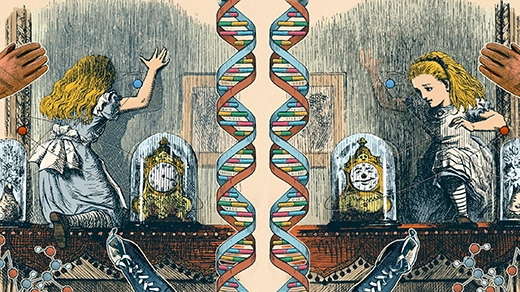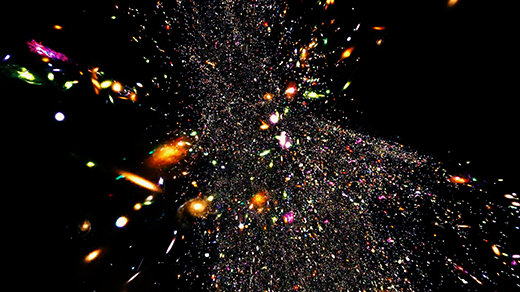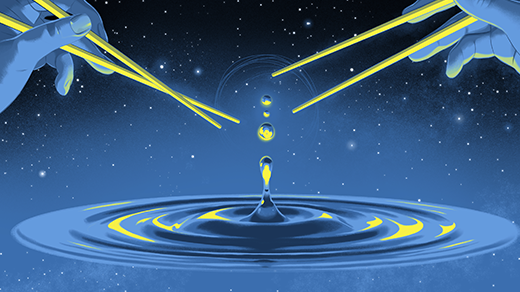What's up in
Fundamental physics
Latest Articles
What Are Lie Groups?
By combining the language of groups with that of geometry and linear algebra, Marius Sophus Lie created one of math’s most powerful tools.
Matter vs. Force: Why There Are Exactly Two Types of Particles
Every elementary particle falls into one of two categories. Collectivist bosons account for the forces that move us while individualist fermions keep our atoms from collapsing.
Is Gravity Just Entropy Rising? Long-Shot Idea Gets Another Look.
A new argument explores how the growth of disorder could cause massive objects to move toward one another. Physicists are both interested and skeptical.
Will We Ever Prove String Theory?
Promise and controversy continues to surround string theory as a potential unified theory of everything. In the latest episode of The Joy of Why, Cumrun Vafa discusses his progress in trying to find good, testable models hidden among the ‘swampland’ of impossible universes.
Singularities in Space-Time Prove Hard to Kill
Black hole and Big Bang singularities break our best theory of gravity. A trilogy of theorems hints that physicists must go to the ends of space and time to find a fix.
How the Universe Differs From Its Mirror Image
From living matter to molecules to elementary particles, the world is made of “chiral” objects that differ from their reflected forms.
Is Dark Energy Getting Weaker? New Evidence Strengthens the Case.
Last year, an enormous map of the cosmos hinted that the engine driving cosmic expansion might be sputtering. Now physicists are back with an even bigger map, and a stronger conclusion.
What Is Entropy? A Measure of Just How Little We Really Know.
Exactly 200 years ago, a French engineer introduced an idea that would quantify the universe’s inexorable slide into decay. But entropy, as it’s currently understood, is less a fact about the world than a reflection of our growing ignorance. Embracing that truth is leading to a rethink of everything from rational decision-making to the limits of machines.
It Might Be Possible to Detect Gravitons After All
A new experimental proposal suggests detecting a particle of gravity is far easier than anyone imagined. Now physicists are debating what it would really prove.
